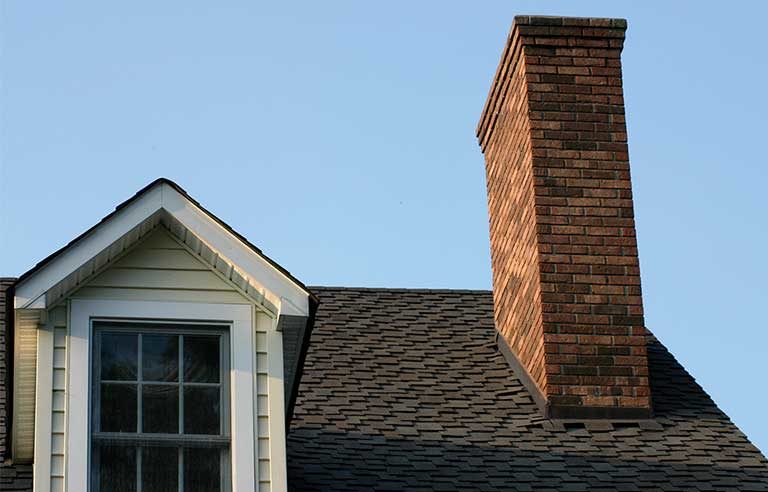
Knowing which type of respirator to use – and how use it properly – is crucial to protecting chimney sweeps from exposure to airborne hazards, NIOSH says in a fact sheet.
“Chimney sweeping activities can expose sweeps and others near the work area to toxic particles and vapors,” the agency cautions. “Dusts can even be taken home in vehicles, equipment or clothing, exposing others to the potential hazard.”
Studies have shown that chimney sweeps have an elevated risk of bladder, esophageal and lung cancer, as well as ischemic heart disease.
Common respiratory hazards include soot, organic vapors and silica.
Tips from NIOSH:
- Always wear an N95 filtering facepiece respirator when removing clothes or handling tools that are coated in dust, or when dumping debris from a vacuum.
- Wear an approved respirator with a chemical cartridge for organic vapors when using chemical solvents.
- Always wear your respirator at the top of a chimney.
- Make sure you don’t have facial hair under the sealing area of a tight-fitting respirator. Some facial hair can grow in or protrude into the sealing surface of the respirator and prevent a good seal. Consider using a loose-fitting, powered air-purifying respirator if your facial hair prevents a good seal, as it doesn’t require a fit test.
McCraren Compliance offers many opportunities in safety training to help circumvent accidents. Please take a moment to visit our calendar of classes to see what we can do to help your safety measures from training to consulting.
Original article published by Safety+Health an NSC publication


